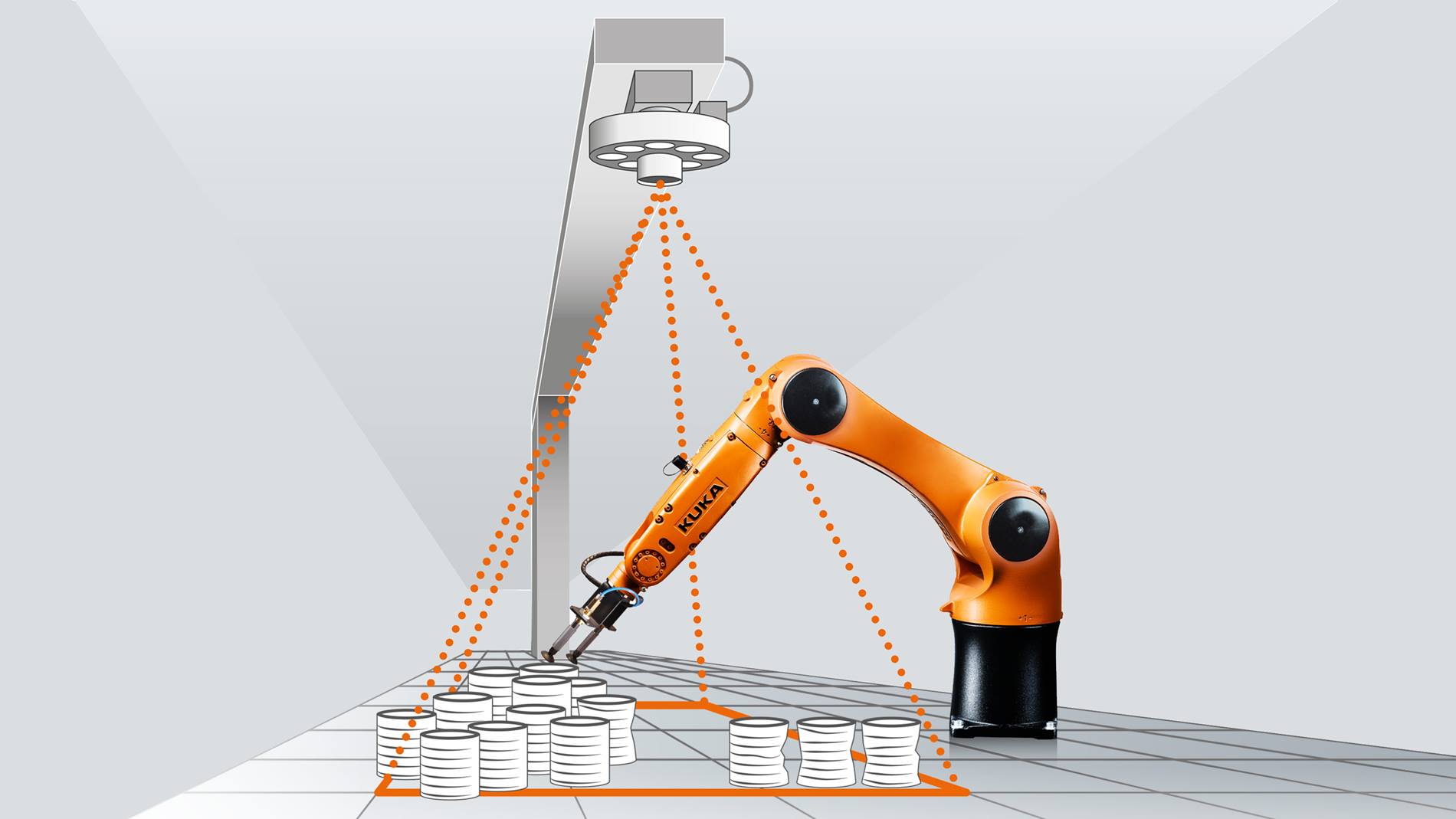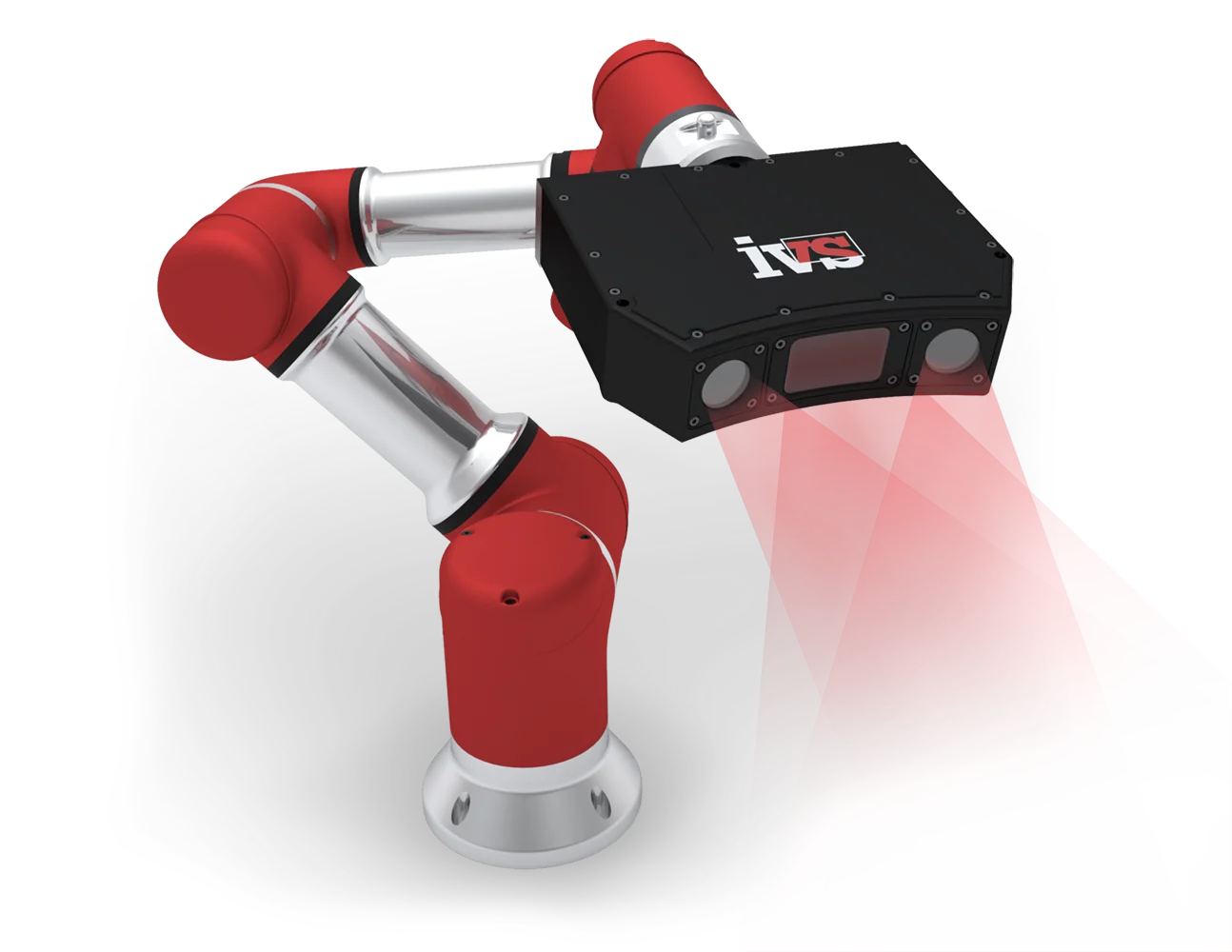How optical fibre diameter analyser supports real-time decision-making in manufacturing
Why Robotic Vision Is Vital for Advancing Precision in Production Industries
Robotic vision has actually become an essential component in modern manufacturing. It equips machines to assess aesthetic information with remarkable accuracy. This capacity enhances quality assurance and decreases the likelihood of issues. As sectors venture for greater performance, understanding the complexities of robotic vision ends up being essential. The interplay in between innovation and functional procedures elevates important questions about future improvements and their implications. What exists ahead for precision in manufacturing?
Recognizing Robotic Vision Technology

Enhancing Top Quality Control With Robotic Vision

Improving Functional Efficiency With Automation

Automating production procedures with robotic vision considerably boosts manufacturing speed, permitting quicker turnaround times. This technology likewise lessens mistake rates, guaranteeing higher accuracy in procedures. Furthermore, structured resource monitoring is attained, causing extra efficient use products and labor.
Improved Production Rate
While the assimilation of robotic vision in production has actually changed operational processes, its most considerable benefit lies in boosted production rate. By employing innovative photo handling and real-time information analysis, robotic vision systems can promptly determine and respond to manufacturing needs. This accelerated responsiveness eliminates hold-ups commonly linked with hand-operated examination and decision-making processes. In addition, these systems can operate continually without tiredness, guaranteeing that assembly line preserve high throughput. The ability to discover and resolve issues instantaneously further enhances process, permitting makers to enhance output levels (optical measurement system). Firms benefit from minimized cycle times and enhanced efficiency, positioning them competitively in the market. Improved production rate, driven by robotic vision modern technology, eventually results in improved functional efficiency across the manufacturing landscape
Decreased Mistake Rates
As production rate rises, preserving accuracy ends up being critical in producing procedures. Robotic vision systems substantially add to decreased error rates by supplying specific dimensions and real-time analyses. These advanced systems utilize high-resolution video cameras and sophisticated algorithms to spot problems, imbalances, or incongruities in products throughout setting up. By automating top quality control, producers can promptly determine and rectify issues that human examiners may neglect. This not only lessens waste yet likewise improves general product quality. Additionally, the combination of robotic vision minimizes irregularity in production, ensuring that each thing meets strict specifications. Suppliers experience less pricey recalls and boosted consumer contentment, eventually leading to a much more reliable and lucrative functional design.
Structured Source Administration
Efficient source management is crucial for maximizing operational efficiency in manufacturing, especially when integrated with robotic vision systems. These systems improve the capacity to keep track of and allot resources accurately, guaranteeing that products and labor are used effectively. By employing sophisticated visual modern technologies, manufacturers can recognize ineffectiveness in actual time, lowering waste and boosting manufacturing timelines. On top of that, robotic vision makes it possible for precise stock monitoring, minimizing the risk of overstocking or stockouts. Automation of these procedures not just simplifies operations however additionally allows human workers to concentrate on higher-value jobs, cultivating development and productivity. As a result, companies can attain significant expense financial savings while maintaining high-quality criteria, eventually positioning themselves much more competitively in the market.

Minimizing Human Mistake in Production Processes
Human mistake stays a considerable difficulty in making procedures, frequently leading to expensive blunders and inefficiencies. In atmospheres where accuracy is vital, also minor gaps in judgment can cause malfunctioning items or hold-ups in production schedules. Robotic vision systems can mitigate these risks by supplying precise and consistent monitoring of making procedures. By automating tasks such as high quality control and assembly line evaluations, these systems decrease the reliance on human oversight, therefore minimizing the capacity for errors.Moreover, robotic vision technology boosts information precision, enabling for real-time adjustments based upon aesthetic responses. This capacity assures that any kind of deviations from developed requirements are promptly recognized and fixed, better reducing the probability of errors. As suppliers increasingly embrace robotic vision, they can expect not only to boost accuracy and effectiveness but additionally to foster a more secure working atmosphere check over here by reducing the pressure on human operators.
The Role of Expert System in Robotic Vision
Synthetic intelligence significantly improves robotic vision by using machine knowing formulas and progressed photo processing methods. These technologies enable robotics to translate aesthetic information with higher precision, enhancing both effectiveness and precision in producing settings. Because of this, the combination of AI into robotic vision systems represents a pivotal innovation in automation.
Equipment Knowing Algorithms
Artificial intelligence formulas are revolutionizing robotic vision in manufacturing by enabling devices to analyze and examine visual information with remarkable accuracy. These formulas permit robots to find out from huge datasets, adjusting to brand-new scenarios and enhancing their efficiency in time. By leveraging methods such as supervised and unsupervised discovering, robotic systems can identify patterns and abnormalities in real-time, which boosts quality assurance and reduces waste. Furthermore, maker knowing helps with far better decision-making processes, permitting robotics to maximize their actions based upon found out experiences. As these formulas advance, they equip robotic vision systems to perform my latest blog post progressively complex tasks, eventually driving effectiveness and accuracy in producing procedures. The combination of artificial intelligence as a result plays a crucial role in the development of robotic vision technology.
Picture Processing Techniques
Enhancing the capabilities of robotic vision, image handling strategies play a necessary function in enabling systems to interpret aesthetic information effectively. These methods entail formulas that boost photo top quality, extract pertinent functions, and recognize patterns within aesthetic data. By using approaches such as edge detection, segmentation, and things acknowledgment, robotic systems can recognize and identify parts with remarkable precision. The combination of man-made intelligence better enhances these methods, permitting for flexible learning and boosted decision-making in dynamic atmospheres. As a result, robotic vision systems can not only spot defects however additionally maximize procedures, bring about enhanced performance and precision in manufacturing. The constant innovation of image processing methods remains crucial to the development of robotic vision in industrial applications.
Future Fads in Robotic Vision for Manufacturing Industries
As sectors progressively focus on efficiency and accuracy, the evolution of robotic vision technology is set to transform producing processes substantially. Future fads suggest considerable innovations in expert system and artificial intelligence assimilation within robotic vision systems. These improvements will boost real-time decision-making abilities, permitting robots to adapt to varying problems autonomously. Additionally, the adoption of 3D vision systems is prepared for to raise, giving even more accurate spatial awareness and things acknowledgment. Collaborations between robotics and human employees might also progress, with sophisticated vision systems promoting much safer and much more effective communications. Additionally, the usage of side computer will likely allow faster information processing, reducing latency and improving functional responsiveness. As these trends unravel, the production market stands to gain from improved high quality control, reduced waste, and streamlined operations, eventually leading to increased competitiveness in a quickly transforming market.
Regularly Asked Inquiries
How Does Robotic Vision Differ From Traditional Equipment Vision Solutions?
Robotic vision includes advanced algorithms and real-time processing, enabling dynamic analysis and communication with atmospheres. In contrast, traditional device vision largely concentrates on static photo capture and evaluation, restricting adaptability and responsiveness in complicated production situations.
What Industries Benefit The Majority Of From Robotic Vision Modern Technology?
Various sectors benefit greatly from robotic vision innovation, including automotive, electronics, and food find more information processing. These markets utilize boosted precision, efficiency, and adaptability, ultimately enhancing manufacturing top quality and reducing operational costs with sophisticated automation solutions.
Can Robotic Vision Equipments Be Integrated With Existing Production Equipment?
Robotic vision systems can without a doubt be incorporated with existing manufacturing devices. This integration improves operational performance, permitting seamless cooperation between conventional machinery and progressed aesthetic innovation, ultimately boosting general production processes and outcomes.
What Are the Prices Connected With Applying Robotic Vision Solutions?
The prices connected with carrying out robotic vision remedies differ significantly, affected by factors such as system intricacy, needed software, equipment components, integration with present machinery, and continuous upkeep expenses, ultimately affecting overall roi.
Exactly how Do Upkeep and Assistance for Robotic Vision Solutions Job?
Maintenance and support for robotic vision systems involve normal software updates, equipment inspections, and troubleshooting. optical measurement system. Vendors generally supply service agreements, making certain timely help and reducing downtime to maintain peak performance and integrity in industrial applications